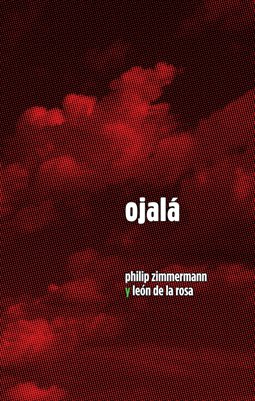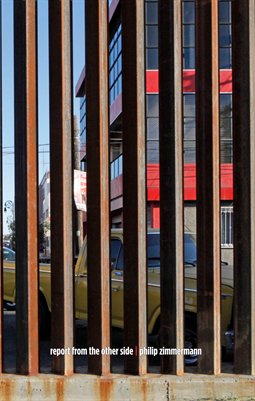The editors of the Norton Anthology of English Literature write, “Milton’s Paradise Lost is ultimately about the human condition, the Fall that caused ‘all our woe,’ and the promise and means of restoration. It is also about knowing and choosing, about free will.” The original is in a form of antiquated English which I changed to a more contemporary English, using both the original and various “plain English” translations as well as my own rewriting of a number of lines.
My book was created under the guidelines for a show proposed by Barb Tetenbaum and Julie Chen using an aleatoric system of Barb Tetenbaum’s devising. They (Chen and Tetenbaum) asked a number of artists to each create a book for a show in February 2013 at the Seager-Gray Gallery in Mill Valley CA called Ideation by Chance. The premise for the show proposed that each artist would have a series of cards drawn for them from a deck that Tetenbaum had devised. The cards showed categories of content and structure in bookart, and each artist had to create their book for the show using the results of the cards drawn for them.
I use the result of the fall from grace as an allegory for the acquisition of the human characteristics that have contributed to the environmental rape and destruction of Earth. In my book there are three sections, much reduced from Milton’s twelve. In the first section, Adam’s voice is heard in dialog with Eve in the garden. In the second section the Snake convinces Adam and Eve to use their free will and partake of the forbidden fruit. The quest for ‘knowledge’ mentioned in that section can be taken a number of ways. In the final and third section God speaks: there are consequences for the human fall from grace and resulting destruction of the Garden. At the end there is a final cautionary coda which predicts an unhappy ending for mankind but restoration for Eden. While in Hawaii during December 2012, I could not help but notice some of the unhappy results that ever-increasing human populations were making on the ecosystems of Oahu. While there, hurricane Sandy struck the northeastern seaboard creating the largest amount of property damage ever made by a storm on the North American continent. Both of these events were in my thoughts while working on ideas for the book.
I wanted to have the book feel a little like a brightly colored fruit, tempting and chromatically luscious on the outside, with a beige, meaty inside, with slightly ‘off’ colors. The inside is also primarily monochromatic, which was one of my given book guideline restrictions. The front cover has the garden path in; the back cover an unclear path out.
The inside pages of the board accordion book contain the text and are, at least on first look, a warm sepia monochrome color printed on recycled kraft-colored paper. The images are actually made up of larger-than-normal CMYK halftone dots. The whites are added by using white Prismacolor colored pencil, a sort of chiaroscuro, satisfying the assigned requirement of using hand=drawing in the book.
The 'outside' of the book are brightly colored jungle/tropical veiws taken in December in Hawai'i. The hinges between the two sections were stained and printed Tyvek.
My given cards, drawn by Barb Tetenbaum and Julie Chen from a stack of card choices, were:
Imagery: traced, re-drawn, lifted from outside source. [ White chiaroscuro pencil drawing on inner pages.]
Structure: accordion [ Yes.]
Text: self-generated [ I rewrote a plain text abridged version of the poetics of John Milton’s Paradise Lost.]
Layout: based on an historic example [ As all contemporary accordion books are.]
Color: monochromatic [ The inside is faux monochromatic.]
Describe: serious, sober, scientific. [ Refers to serious sober reality of global warning and our resistance to do anything about it.]
Technical: hand drawn, painted, collaged, etc. [ Hand-drawn white pencil on inside pages/photographs. ]
Paper: pre-printed or recycled. [The inner paper is recycled French Paper Co. paper.]
Adjectives: traditional, mysterious, spiritual, mosaic, obvious. [ All of the above except ‘mosaic’. ]
The tropical plant images used throughout were taken on Ohahu, Hawai’i during the month of December, 2012. The premise for the show at Seagram-Gray was conceived as a combination of celebrating the 100th birthday of John Cage in 2012 and the opening of the biennial CODEX Symposium and Book Fair in February 2013.











